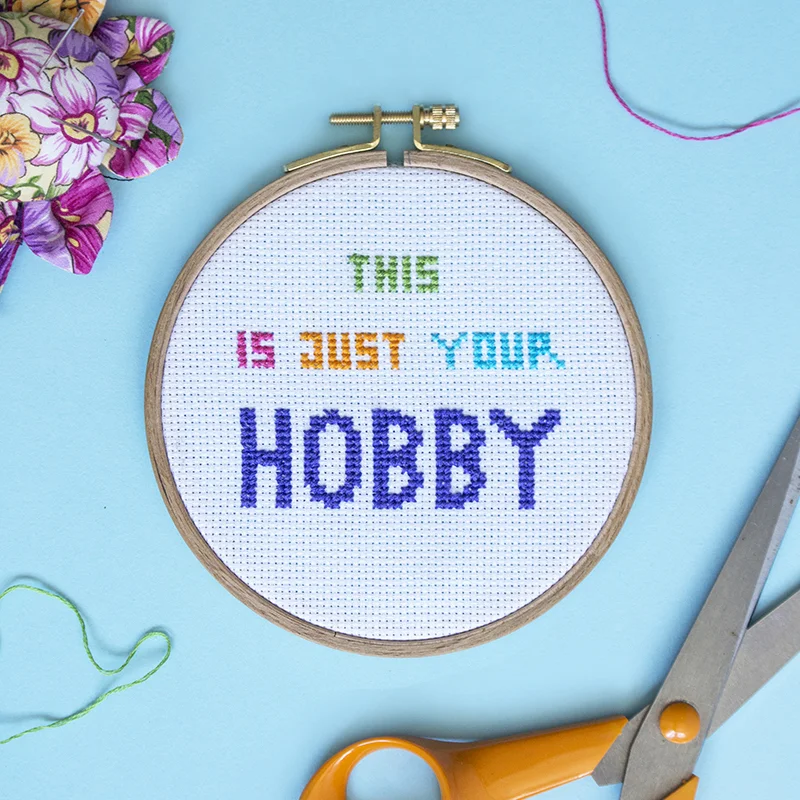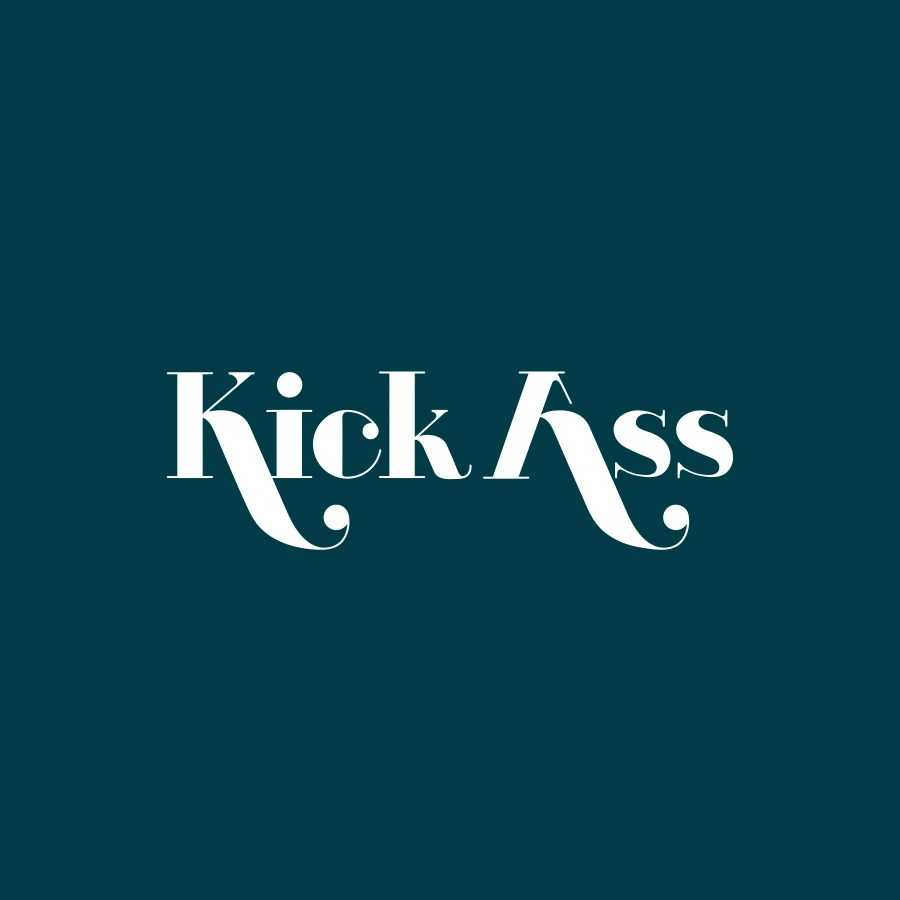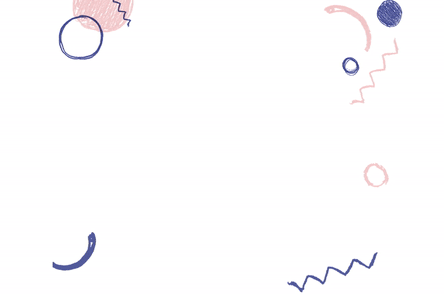So you want to be an illustrator? 12 helpful tips
I often receive emails from students and aspiring creatives asking me what the secret to becoming an illustrator is. Short of me doing a quick google search or putting a poll out on twitter, i have to check myself and realise that, yes, I am indeed now a freelance creative and perhaps I can give a little insight. After all, people do gasp in awe when I tell them what I do for a living: ‘oooooh woweee’ they say, enthusiastically. ‘you are so lucky to be an illustrator! I wish I could sit and draw all day!’ Indeed, as I skip down the street, strangers offer high-fives as they shout: ‘You bloody made it! You’re a god-damn illustrator!’ Sometimes I even hear the Rocky theme tune when I get up in a morning. It gets a little annoying at times.
Despite these things being a slight exaggeration, and despite feeling like a bit of a phoney at times, I am indeed making a full time living as a freelance creative. So, I’m here to tell all you ‘aspiring illustrators’ some things I’ve learnt on the road to becoming one* (and so I don’t have to send dozens of emails saying the same thing).
*winging it as an illustrator
How I thought it would feel to be a freelance illustrator
How it actually feels being a freelance illustrator
My top tips for becoming an illustrator:
1. Don’t rush
Sure, there are those annoying sods who get a commission from Nike two days after their graduation, but the rest of us have to ride the waves of crushing rejection and endless creative soul searching. I’ve worked in some terrible jobs, and some good ones. I worked in commercial design roles for over ten years before I went solo. I tried to become an illustrator straight after graduating, yet gave up a year later after wondering how I would afford a new toothbrush (I’m not kidding). And that’s okay - it just wasn’t the right time for me (and little did I know then that other jobs would do me way bigger favours in developing my character and skills). I had no contacts and I had no idea how long it would take to build the little reputation I have. Most people do not reply to you or give you any feedback which can feel a little soul destroying. Don’t lose heart though, some clients may not reply to your initial contact yet may get back to you with work a lot later.
2. Work hard
A career in illustration rarely lands on your lap just because you’re good at drawing. I had been developing a personal portfolio of work for three years before I went solo. I spent evenings working on personal work, I sent off books I’d written and illustrated to publishers and I took part in exhibitions. In all honesty, none of it ‘took off’ in the way I wanted but I started to learn which work was popular and which was/wasn’t working. The creative industry can sometimes be incredibly elitist: those who can afford to do work placements, courses, enter competitions, or are born into a family with a good network are often able to get their work in front of a wider audience. But unless you’re rolling in a disposable income, and unless your dad works for a world renowned publisher, you’re going to have to work a lot of overtime to develop your work and research potential clients.
3. Don’t quit your day job (just yet)
There is a sometimes a sort of snobbery about needing a ‘day job’ for financial security, but as soon as illustration becomes your main income it creates a huge pressure to make a living out of something you once had freedom with. 'But you quit your day job Lisa, what are you on about?!!' Ok, so there are times where you may feel ready to quit your job (you can read that blog post here), but bear in mind that I worked for over ten years as an employed designer before I did so. Although I am making a full time living as an illustrator, I also take on projects that are quite varied and I may not show all of them publicly. I have also considered taking on other work - either during quiet periods, to learn new skills or just to keep me sane (because seriously, that Rocky theme tune does my head in after a while). If I did take on other work would that discredit any previous commissions or make my portfolio less valid? Of course not. Besides, day jobs are a great inspiration for personal work. A lot of extremely talented creative professionals I know also work other jobs too.
A drawing I did while working one of my many day jobs
4. Get industry advice
You may already be connected with industry professionals that you can get advice from, or you may need to do a little digging. There are plenty of blog posts and podcasts that can give you an insight into the practical side of being an illustrator, such as some of the interviews on Creative Boom. Associations like The AOI offer help with licensing and contracts and also put on helpful seminars about issues illustrators face. Establishing your rights can be tricky – there are times when you will need to negotiate, but you also need to be aware of when someone is trying to pull a fast one on you. You need to be happy with project terms and not just accept really bad ones because you need the work, that’s a slippery slope. Books like the Graphic Artist's Guild Handbook of Pricing and Ethical Guidelines are helpful (as well as a bit of a mouthful!). There are also surveys that look into the industry that may give you insight into an illustration career, such as Ben the Illustrator’s survey and my own survey that I conducted around illustration fees.
5. Learn to compromise
I’m not telling you to work for free (please don’t), or to take on ridiculously low paid jobs, but I am telling you to listen to your enquiries with an understanding of your client. You may be able to offer different options to suit different outcomes or budgets, or you may be able to better explain why a job costs more than another. The chances are that when they see other options or a valid reason why your work has a higher value, they will end up increasing their budget. You may have your heart set on working for multi-billion pound companies, but don’t dismiss local people and businesses. It may surprise you that sometimes ‘well known’ companies offer less money than some smaller ones, all for ‘exposure’. Don’t be too rigid with your ambitions, be a little more malleable. There may be jobs that aren’t quite what you expected but may teach you a lot.
Never, ever work for exposure (it literally never pays off)
6. See yourself as a business
If doing any work other than illustration fills you with dread, you’re going to have to make illustration your business - and you’re going to have to mean business. By all means, paint pretty pictures, but if you want to make money you are going to have to research where your work fits in and create work that solves problems as well as looks good. Look for gaps in the market, trends that connect your work with certain industries and show in your portfolio that you’ve thought about how your work applies to the industry you want to work in. If you are to see yourself as a business, and if others are too, you are going to have to give yourself a title. Sounds obvious doesn’t it? But it took me years to realise that I needed to stop saying ‘I do this on the side.’ Are you currently creating work you want to sell or make money from? Are you actively seeking commissions? Then advertise it. Call yourself what you are: an illustrator. Sure, call yourself ‘an aspiring illustrator’ if you want a queue of people asking for free work, but if you want to be taken seriously start calling yourself what you are. Im not telling you to deny your ‘day job’ if you have one (or be disrespectful of that role), but I’m telling you to take yourself seriously. It should be obvious that you also need to work out what a fair fee is for your work – this may be through asking other professionals or through books and associations. I myself have done extensive research into this, which you can find here: https://www.lisamaltby.com/blog/illustration-pricing-survey-2019-the-response
You don't want it to be, though, right?
7. Think about portfolio presentation
What services are you offering? What is your unique selling point? It could be an illustration style, a process, a sector (such as book design) or a specialism (such as lettering). If you’re solely offering illustration, are you working in one style or several? How can you categorise your work to make it clear for people to find what they want? If you work in several styles, you may want to categorise these separately or show examples under different services such as ‘portraits’ or ‘food illustration’ and so on, unless you have a specialism that can group your styles together in some way. If your aim is to work in one style, this needs to be consistent – take off any work that does not fit in with this and ty to push your style to its limits, experimenting with different formats, such as editorial, packaging, publishing, or whatever you feel your work is suited to. You may need to do personal projects in order to fiil these categories but make sure you fill it with the type of work you WANT to get. imagine you are your ideal client looking at your work, would it be obvious how you could help them? I often find this hard to see with my own work so I sometimes ask other industry professionals to give advice on this.
8. Don’t be shy
A lot of advice I’ve received in the past made me focus too much on my illustrations (drawing style, medium, experimentation) and not the importance of a good network. Although a consistent portfolio is important, your main source of work will be through the connections you make. Most of my clients come back to me because they like working wiith me over my particular style of work. Don’t feel afraid of approaching people, and don’t discount anyone – you never know who they know. Similarly don’t be shy about putting your work out there and advertising yourself. No one else will do this for you. How else will anyone find you? Make sure you’re on social media (you don’t have to be on them all but choose one you can connect with others on). I find that Twitter has enabled me to build a solid network that often refer me for relevant work. Other networks, such as Linked In, are great for finding out names of Art Directors and potential contact details, wheras others are great for building an audience based on the type of work you are producing (such as Instagram and Behance). Find one that suits you and find a rhythm with how often you post and engage with others. If you have the opportunity to write, speak, blog or teach, these can also be great ways of sharing your skills and connecting with people who may also be interested in your illustrations.
9. Find a creative community
You may find being an illustrator incredibly isolating or you may enjoy finally having more space to create on your own. Either way, I cannot emphasise enough how important other creatives are. They not only share their insight into working on similar jobs, offer tips or give you a steer with fees, but they are also a great source of work. There are times I have been able to pass on work to other creatives and similarly they have passed work on to me. They are not competition, they are your allies. Go to talks, connect with people on social media, meet people for coffee. Some great networking events to try are events like Glug and Creative Mornings.
10. Trust your gut
Even if a job seems good on paper, you may feel like something is amiss with it. Sure, give people the benefit of the doubt, but if negative patterns persist walk away. Protect yourself and your time - it’s hard enough making money and you need to avoid time wasters. Establish mutual trust and respect on both sides before a job takes place, and if that’s lacking walk away. Similarly, you don’t always have to listen to every piece of advice given to you by industry professionals – just because something was right for someone else may not always be right for you, so weight up advice with measured judgement.
Some feedback I was given by an industry professional. I decided not to listen to it and persist with a creative career.
11. You’ve never ‘made it’
Unless you become a world renowned illustrator, you never feel like you’ve ‘made it’. You are constantly repeating most of these steps on a monthly basis. Although a career as an illustrator can be incredibly rewarding, it can often feel a bit like chasing your own tail. Don’t confuse the feeling you get drawing in your sketchbook with the feeling of running a business. Unlike a career in design, there is less repeat work for illustrators because it is often more niche. Being a freelance creative is a somewhat temperamental career, all be it a fulfilling one. Never assume you will always have work, you need to constantly work at it. Be creative with how you find work.
12. Don’t compare
It’s easy to look at your current situation and feel slightly frustrated that you’re not quite where you want to be. It’s easy to look at other illustrators’ work and think they’re bossing it, when the reality is they don’t tell you about all the rejections they’ve had and they’re hardly going to advertise their worst work. There are many different paths to becoming an illustrator - no one size fits all - so work out your own path. Take your time and don’t be so hard on yourself. Share what you learn with others. Then, one day, maybe write a blog post about it... i may need a bit more advice myself by then.
If you liked this post, you may find these posts about pricing illustration helpful:
YOU MAY ALSO LIKE…
My No Bullshit Guide is an honest and down to earth course, covering the essentials for building a successful freelance career.









